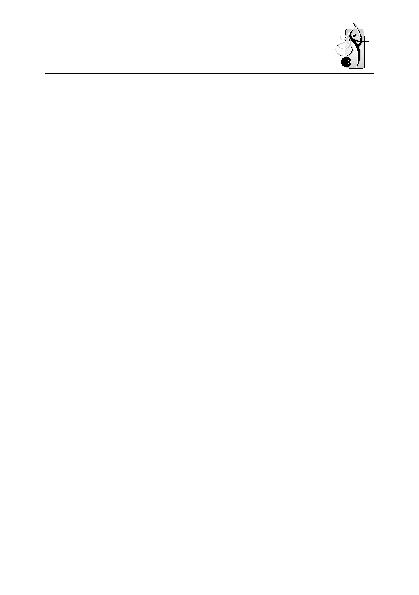
FÉDÉRATION INTERNATIONALE DE GYMNASTIQUE
· Analysis:
o
The selection of difficulties for each body group was analayzed from the Individual
competitions. In each group, the usage percentage for each difficulty was evaluated
and this study will inform the preparation of the next Code of Points.
o
In Tokyo the TC analyzed the Artistry and Execution scores for exercises with large
losses of apparatus and re-evaluated these exercises. In cases when the judges did
not penalize correctly, the TC entered Control scores for the Fairbrother analysis.
In many cases, gymnasts are attempting more difficult apparatus elements,
with greater risk for loss. These elements are understood and appreciated
by the public and were given more value in the 2010 version of the Code of
Points. These elements take time to master perfectly.
Number of losses:
· CI: 528 exercises: 112 losses of apparatus (95 inside the floor area
and 17 outside the floor area for both the apparatus and the
gymnast).
· CII: 96 exercises: 13 losses of apparatus (11 inside the floor area
and 2 outside the floor area).
· CIII: 32 exercises: 5 losses of apparatus (2 inside the floor area and
3 outside the floor area apparatus and gymnast).
o
Artistry:
Many gymnasts lack a high level of expressivity and musicality. One of the
greatest problems is the choice of music, as well as the choreography. In
analyzing the music from C1, approximately 40% was music used like
«background.» The problem is continutally under review and discussion with
the TC and with the FIG President. The TC has proposed to ask the RG
Academy to address this problem through education in its seminars and has
also proposed a special symposium for coaches and choreographers to help
further educate.
This part of the score is not always clearly understood or objective, and this
is a big problem for rhythmic gymnastics. The evaluation of Artistry must be
changed for the next cycle and will be discussed at length at the
January/February TC meetings.
· Judgment
o
75 judges (67 panel judges and 8 Reference Judges).
I category - 3
II category - 51
III category - 21
o
Prior to the competition, the present members of the Executive Committee and Jury
of Appeal approved an extended tolerance from 0.30 to 0.80 between the judges'
score and the Control score for the first implementation of the Revised Duties of the
Control Jury.
o
Warnings: 5 judges received verbal warnings in the form of yellow card for
«repeated deviations below or above the deductions for errors, as stated in the
Code of Points/ Instances of obviously incorrect judging decisions during
competition» (2009 FIG General Judges' Rules, 6.3.1). Since the regular judges
and Reference judges were directed to be considered under the same conditions,
one of these warnings was given to a Reference Judge.
o
During the TC meeting in Tokyo, all the exercises were evaluated for both
Individual and Group (D1, D2, A, E). It is recommended that after the 2011 World
Championships the TC re-evaluate only the following exercises:
177
FÉDÉRATION INTERNATIONALE DE GYMNASTIQUE

